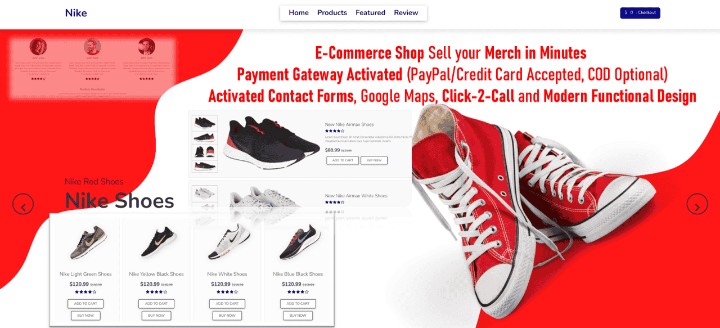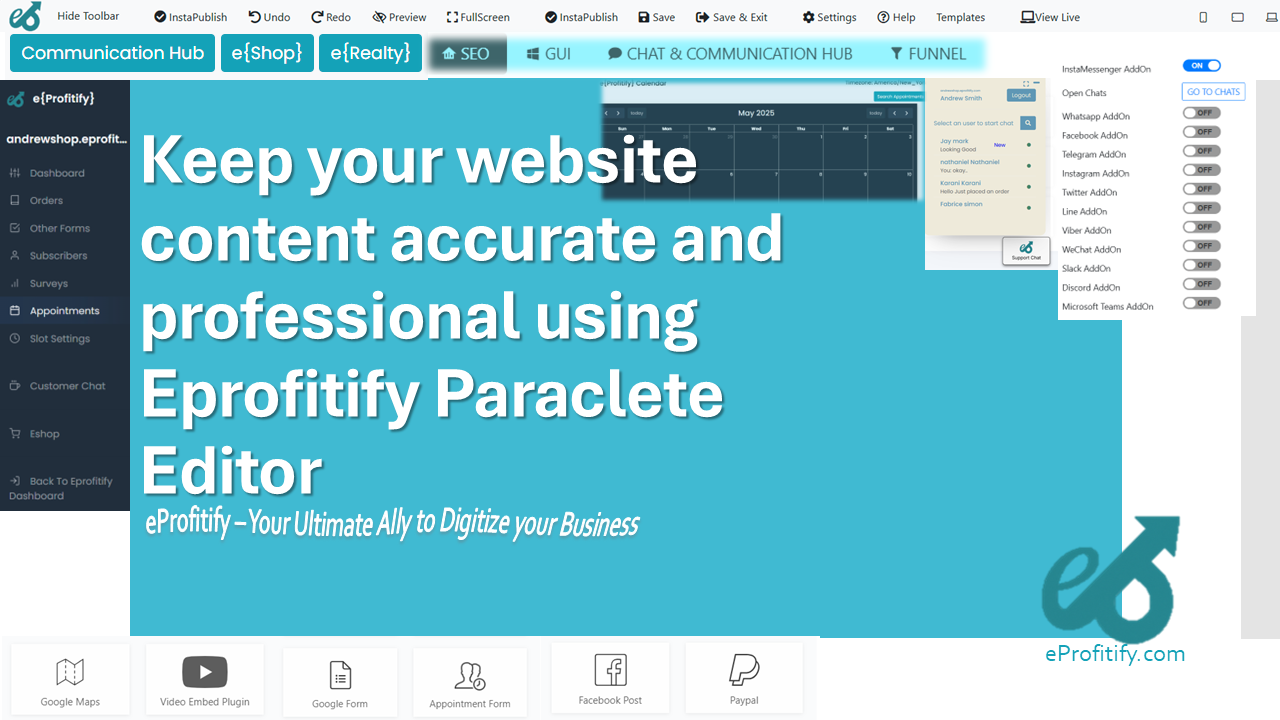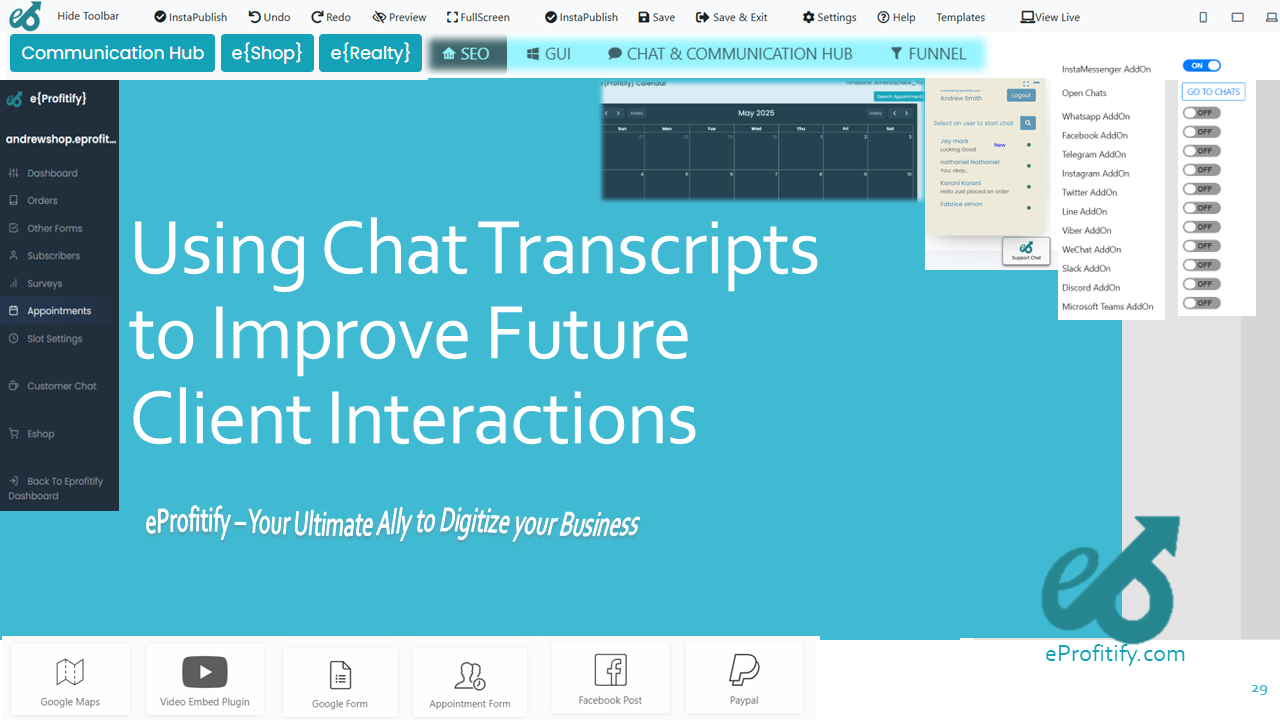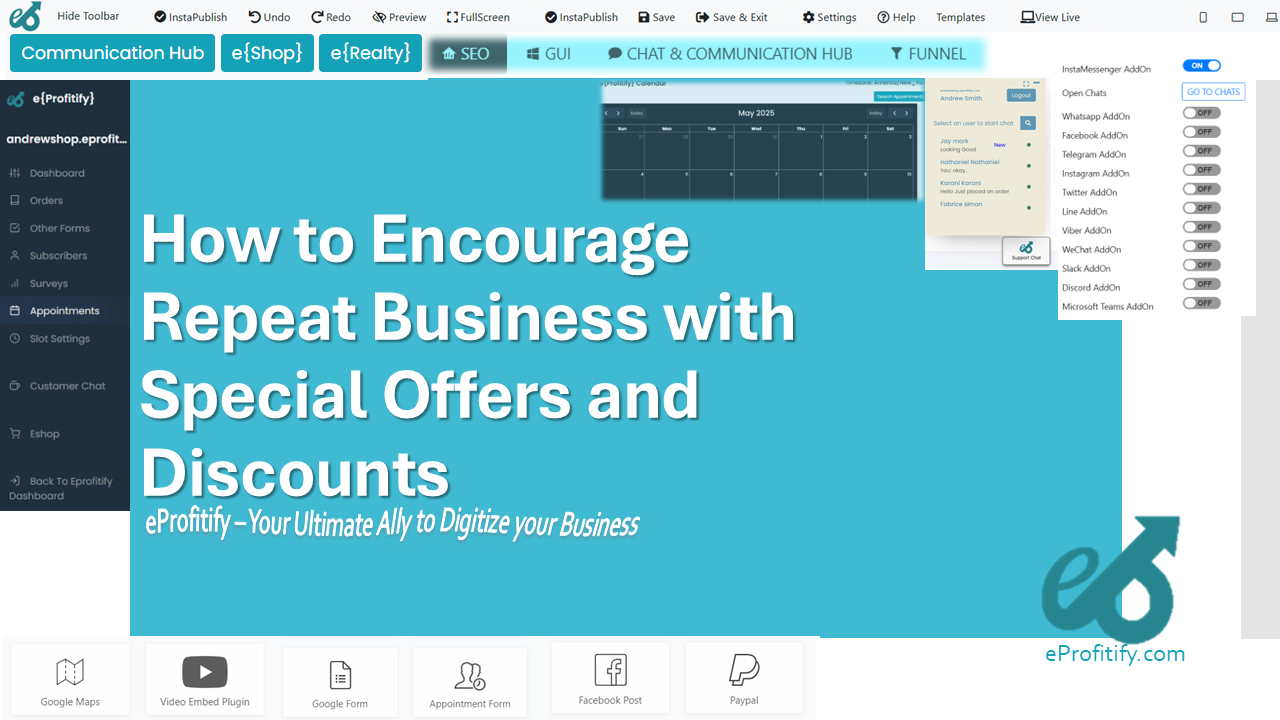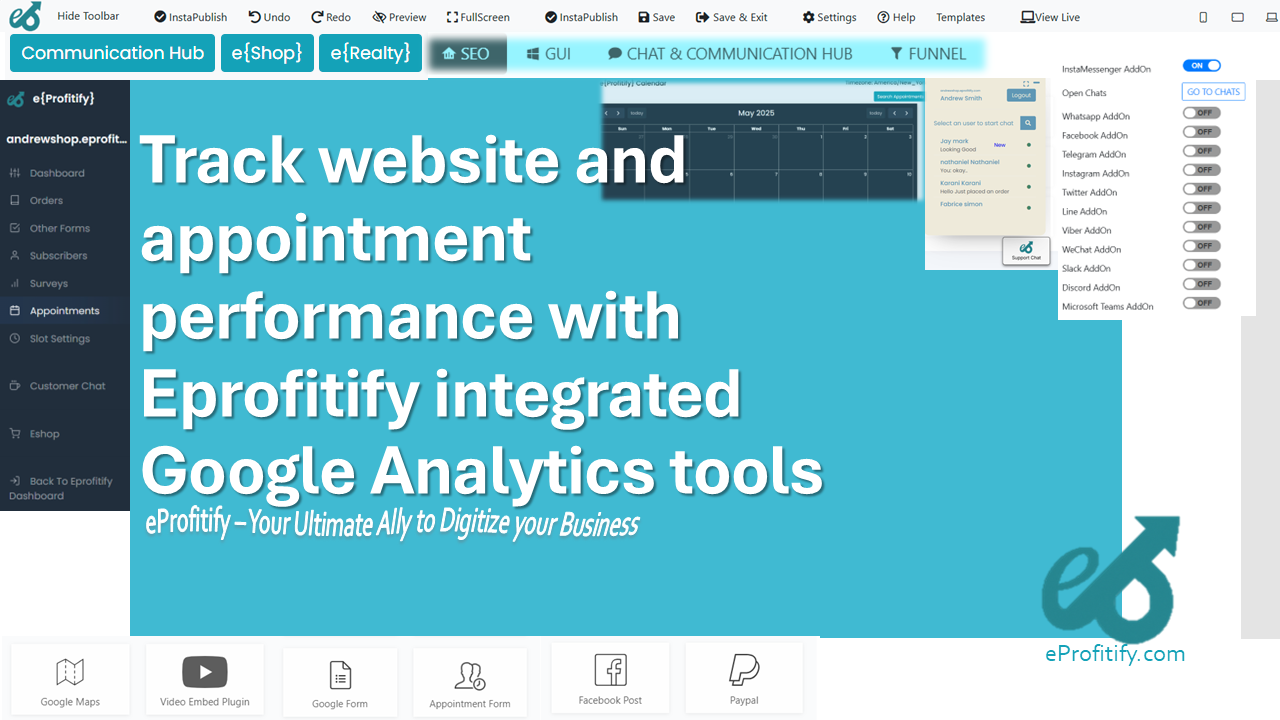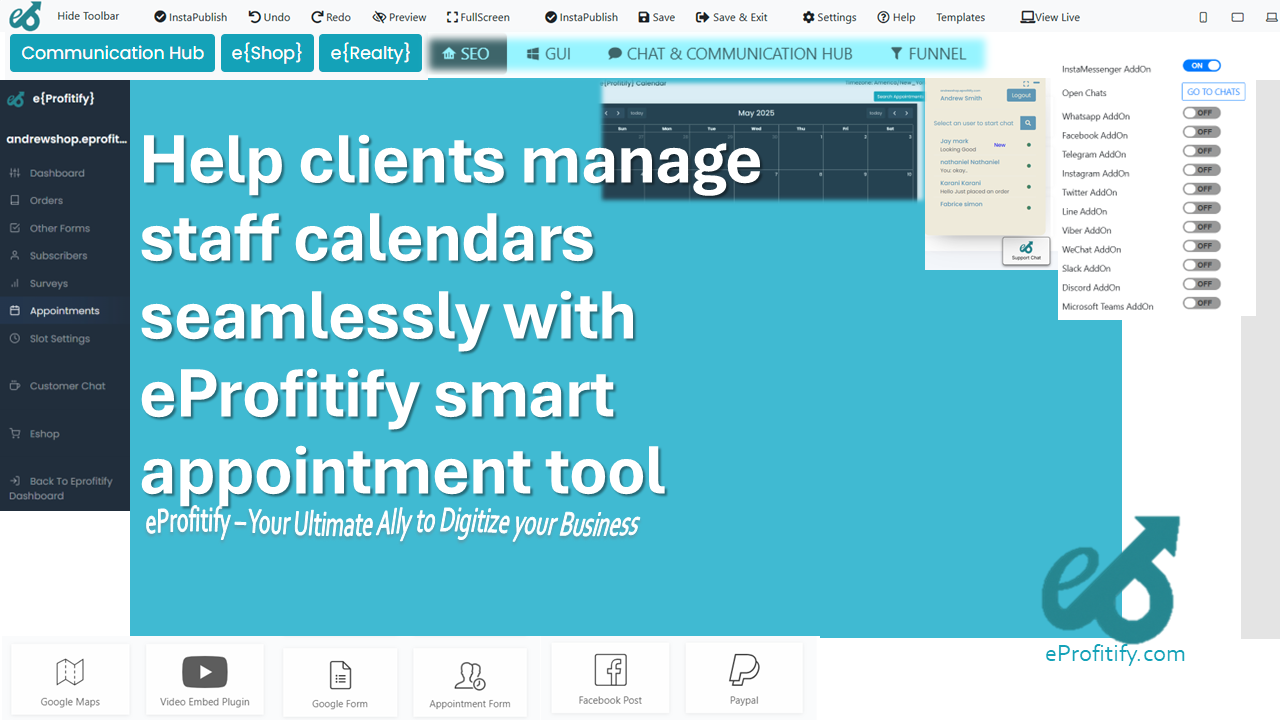How to Avoid Embarrassing Translations in Business Names
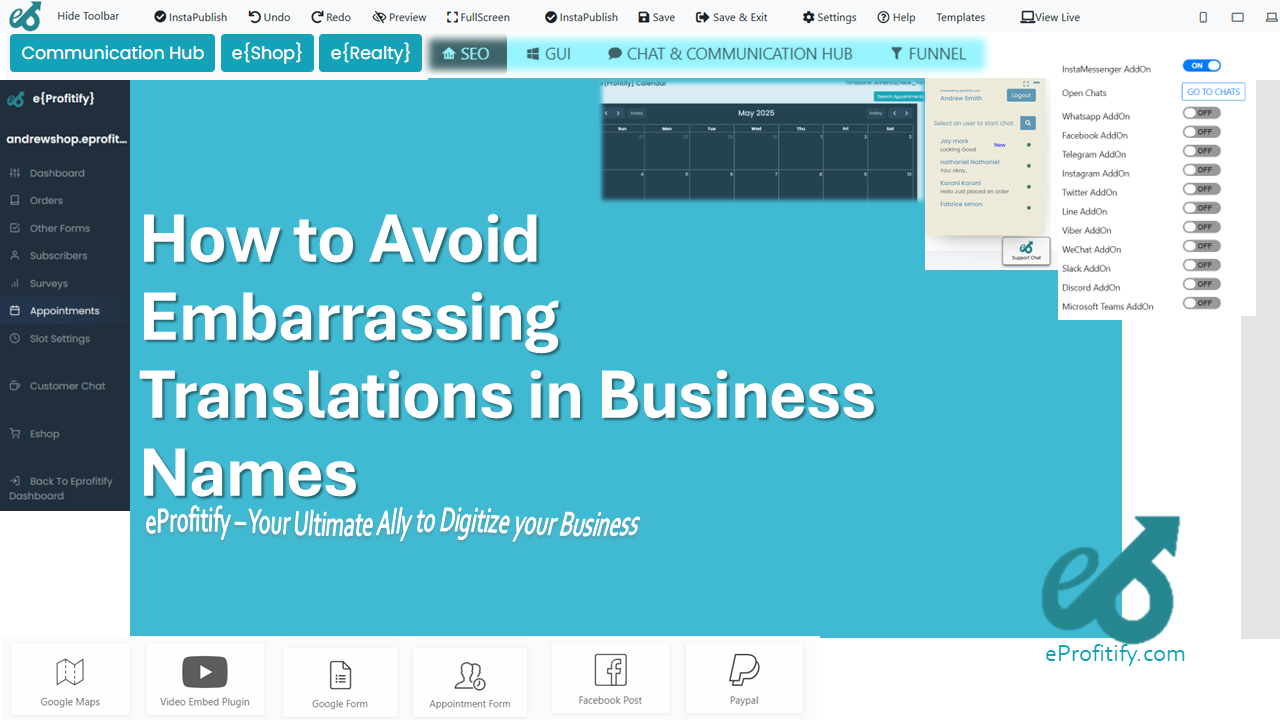
Schedule a LIVE Zoom call with an eProfitify Expert.
How to Avoid Embarrassing Translations in Business Names
A business name is a critical component of brand identity, shaping first impressions and fostering trust. However, when expanding into global markets, companies often face the challenge of ensuring their brand name translates appropriately across languages and cultures. A poorly translated name can lead to embarrassment, legal issues, or even reputational damage. This article explores strategies to avoid such pitfalls and highlights how tools like eProfitify—a leading website publishing and management platform—can support businesses in navigating these complexities.
The High Cost of Translation Blunders
Translation errors in business names are more common than many realize. For instance, when Chevrolet launched the “Nova” in Latin America, sales struggled because “no va” translates to “it doesn’t go” in Spanish. Similarly, Colgate faced backlash in France with its “Cue” toothpaste, which shared a name with a French adult magazine. These examples underscore the importance of linguistic and cultural due diligence.
Statistics highlight the urgency of avoiding such mistakes:
- 75% of consumers prefer purchasing products in their native language.
- 56% say access to information in their language is more important than price.
- 42% of businesses fail in international markets due to cultural insensitivity.
- 35% of companies using mistranslated content report negative customer feedback or lost sales.
Strategies to Prevent Translation Mishaps
1. Hire Professional Translators
Relying solely on automated tools like Google Translate increases the risk of errors. Human translators with expertise in cultural nuances ensure names resonate appropriately. For example, KFC’s “Finger-lickin’ good” slogan infamously translated to “Eat your fingers off” in Chinese. Professional linguists can avert such disasters.
2. Conduct Cultural and Linguistic Research
A name that sounds innocent in one language might be offensive in another. Microsoft’s AI chatbot, Tay, had to be shut down within 24 hours after learning inappropriate phrases from users, highlighting the risks of insufficient cultural vetting. Businesses must research local idioms, historical references, and social norms.
3. Test Names with Local Audiences
Before finalizing a name, test it with focus groups in target regions. Coca-Cola’s “Beverly” brand flopped in Italy because the name was associated with a bitter-tasting aperitif. Early feedback could have saved resources and reputational harm.
4. Check for Slang and Hidden Meanings
Innocuous terms can have unintended slang meanings. When Puma named a shoe model “Black Negative,” it faced backlash in the Middle East due to cultural connotations. Comprehensive slang dictionaries and regional consultations are essential.
5. Secure Trademarks Early
Legal conflicts arise when names resemble existing trademarks. Brands like Apple and Samsung spend millions annually on trademark disputes. A global trademark search minimizes risks.
How eProfitify Supports Global Brand Management
While linguistic and cultural checks are vital, modern businesses also require robust tools to streamline operations and maintain consistency across markets. eProfitify, a leading website publishing and management platform, offers features that complement translation strategies:
- Instant Messaging: Facilitate real-time communication with translators, legal teams, and local partners to resolve ambiguities quickly.
- Appointment Management System: Coordinate meetings across time zones for seamless collaboration with international stakeholders.
- Ecommerce Integration: Localize product listings and ensure currency, language, and cultural preferences are catered to automatically.
- CRM Tools: Track customer feedback and preferences in different regions, enabling brands to refine names and messaging.
- Multilingual Content Management: Publish and update website content in multiple languages while maintaining brand consistency.
Statistics Reinforcing the Role of Technology in Global Success
- Companies using integrated management tools report 40% faster resolution of localization issues.
- 68% of businesses using CRM systems like eProfitify’s observe improved customer retention in international markets.
- Ecommerce platforms with multilingual support see a 70% increase in cross-border sales.
Final Thoughts
Avoiding embarrassing translations requires a blend of human expertise, cultural awareness, and technology. By investing in professional translation, audience testing, and tools like eProfitify, businesses can safeguard their brand integrity and achieve global success. In an era where 60% of global consumers rarely buy from exclusively domestic brands, the stakes for cross-cultural competence have never been higher. Leveraging technology to streamline localization efforts ensures companies stay agile, culturally relevant, and ahead of competitors.


